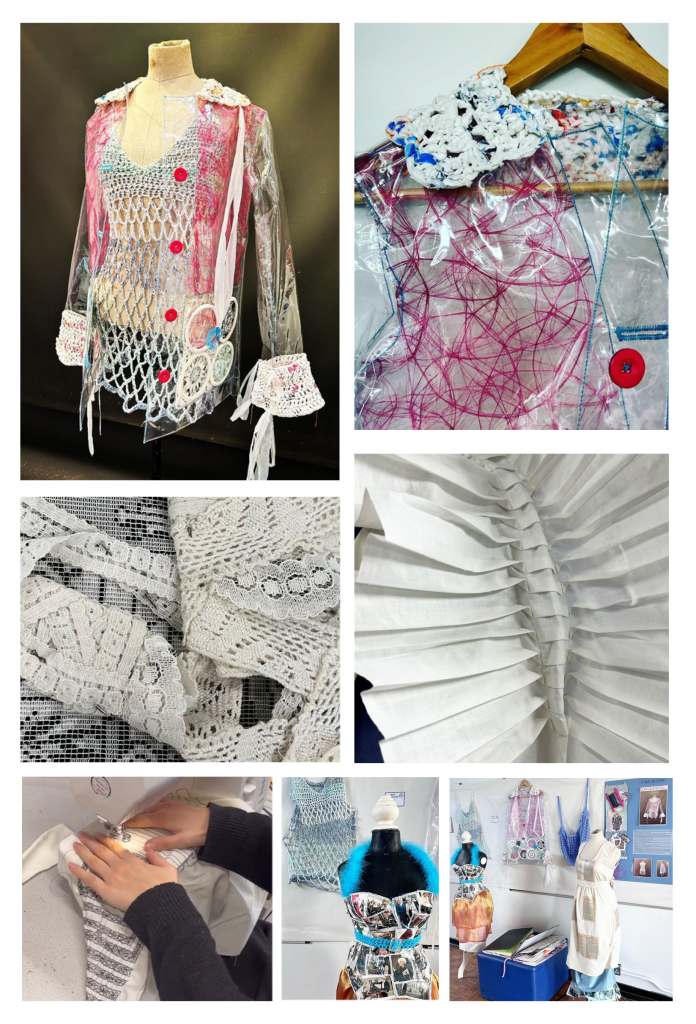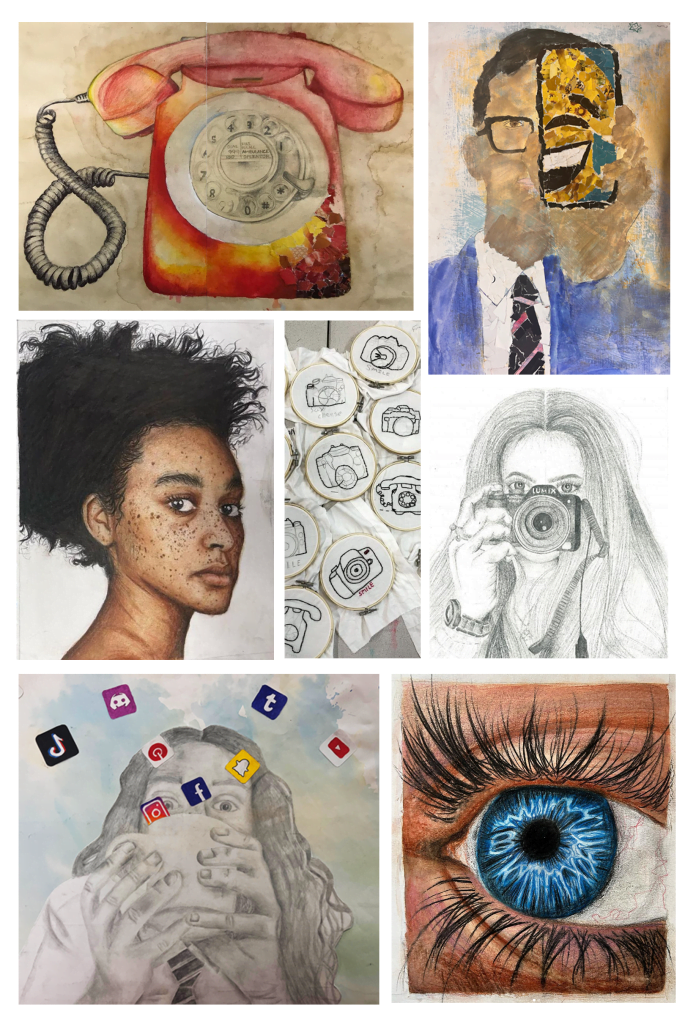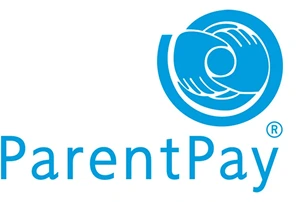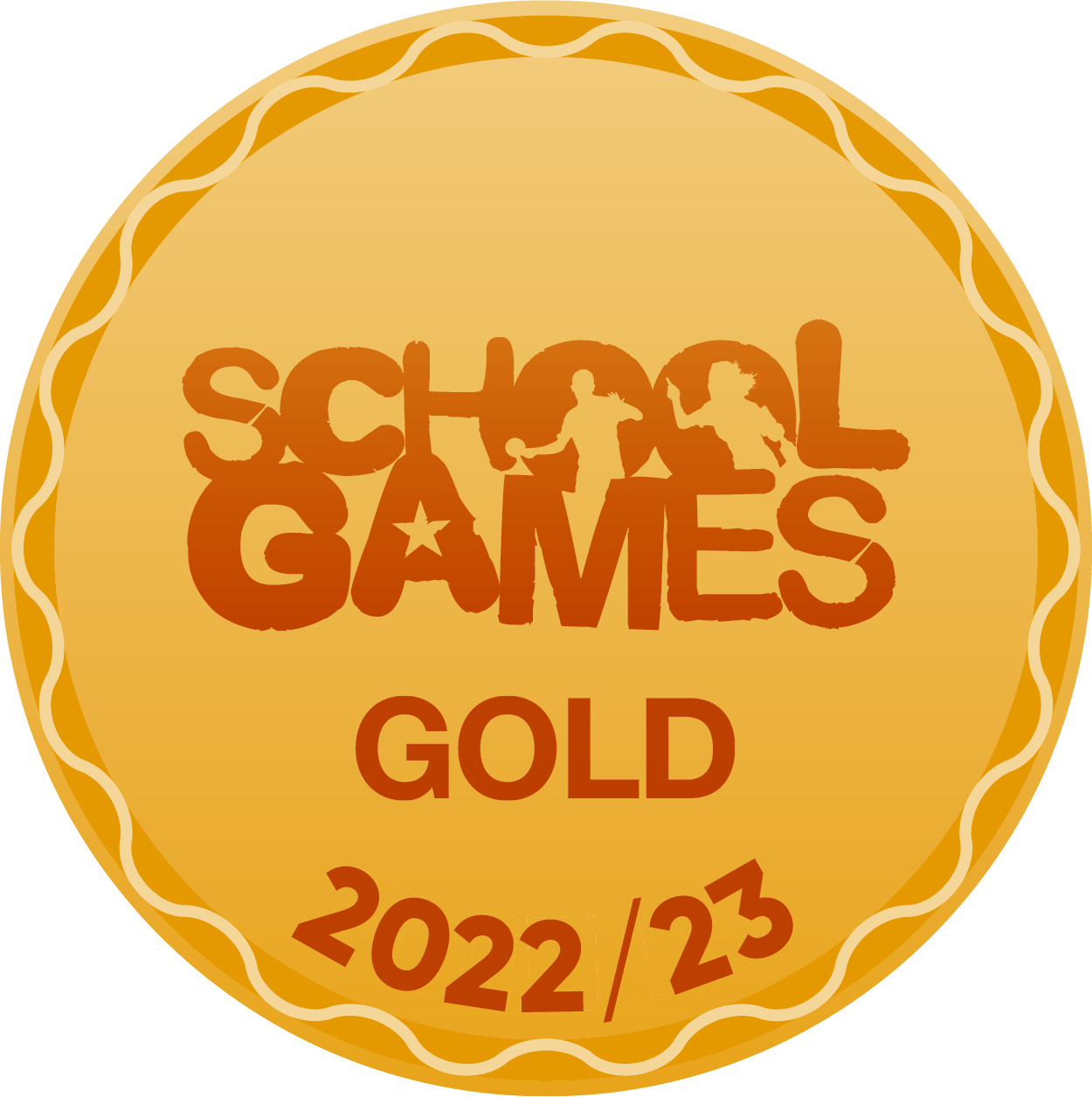A Level Art & Design: Textile Design
In the Art department we offer the following A Level courses:
- Art & Design: Fine Art or Art & Design: Textile Design
- Art & Design: Photography

A-Level Art & Design: Textile Design
A Level Art & Design: Textile Design is a 2-year course with 1 Externally Set Assignment (exam) at the end of the second year.
This course is for students who want to study Art Textiles to a higher level and is ideal for those who want to go on to study an Art related course at University.
Students who choose the Textile Design course will be introduced to a variety of experiences that explore textile media, processes and techniques. Students will have the opportunity to investigate a range of art, craft and design and can explore a combination of the following areas:
- Fashion design and textiles
- Costume design
- Digital textiles
- Printed and/or dyed fabric and materials
- Domestic textiles and wallpaper
- Drawing and painting
- Interior design
- Art textiles
- Constructed and installed textiles
The A level Art & Design: Textile Design course is made up of two components that stretch across the 2 years of study:
Component 1 – Personal investigation (60%)
1. Practical work
The Personal Investigation is an extended practical project based on a personal response to a theme or starting point. Students will generate ideas and experiment how to express them through a variety of materials and processes. They will develop and refine their ideas through experimentation and research into different techniques, styles of art and textiles and the work of other artists and designers. Students document their explorations through the use of sketchbooks/workbooks/journals and larger scale pieces.
2. Personal study
This is a separate piece of critical and analytical writing (1000 words) making links to the student’s own Personal Investigation, and supported by artist and designer research and references. Through the personal study, students will demonstrate understanding of relevant social, cultural and historical sources. Students will also express personal interpretations or conclusions and use technical and specialist vocabulary.
Component 2 – Externally Set Assignment (40%)
This is an externally set assignment from the exam board. Students will produce another practical project in the same manner as their Personal Investigation, developing their skills to a higher level in response to a starting point set out in the exam paper.
Students will be expected to submit all their preparatory studies (sketchbook work) and an outcome that will be completed in a Controlled Assessment (15 hours).
Both the coursework portfolio and the exam are marked using the same Assessment Objectives:
- AO1: Develop ideas through sustained and focused investigations informed by contextual and other sources, demonstrating analytical and critical understanding.
- AO2: Explore and select appropriate resources, media, materials, techniques and processes, reviewing and refining ideas as work develops.
- AO3: Record ideas, observations and insights relevant to intentions, reflecting critically on work and progress.
- AO4: Present a personal and meaningful response that realises intentions and, where appropriate, makes connections between visual and other elements.
A Level Art & Design: Textile Design Further Information
Music and Drama Extra Curriculum
The Music Department has a vibrant extra-curricular timetable, with clubs on each lunchtime ranging from Young Voices rehearsals to Orchestra, from Rock Band to Percussion Ensemble. There is always a club to get involved in for all students whether a beginner or an experienced musician. The extra-curricular timetables are shown around the Music Department.
The Music Department also has strong links with the Drama Department, putting on a yearly school production in the summer term.
2021 – We Will Rock You: School Edition
2022 – Grease: School Edition
2023 – Addams Family: School Edition
Music and Drama Extra Curriculum Timetable

Art in Year 9
Year 9 prepares students for the challenges of GCSE Art & Design, introducing students to how and why artists create work that communicates a concept and deeper meaning in a prolonged project throughout the year.
During this year pupils will:
- Be able produce creative and imaginative outcomes that critically analyse and question a given theme/concept, working on a year long project working towards a larger final piece, in preparation for work practice in GCSE Art & Design
- Continue to explore a wide range and combination of materials and techniques such as: drawing, portrait and hand drawing, acrylic, oil pastels, watercolour, collage, biro, Sellotape transfer, wax transfer, mixed media final outcome…
- Investigate and research the work of contemporary and historical artists and makers such as: Jennifer Collier, Evelyn Tannus, Heikki Leis..
- Develop their visual literacy skills through critical analysis of the work of others and the critical evaluation and creation of their own artwork, learning how to use annotation to further their creative journey through a project
- Build an awareness of the further applications and functions of Art & Design in society (art practice, scientific recording and observation, advertising) and able to make links between their own work and the work of other artists
- Develop a meaningful and personal project with a final outcome, in preparation for the coursework created during GCSE Art & Design

Visual Communication: Students will work on the project entitled ‘Visual Communication’ throughout year 9. This prolonged project is workshop based, allowing students to learn and develop new and exciting techniques and skills. They will explore a range of materials and media in their sketchbooks looking at ways of communication, culminating in a final outcome regarding ‘The Perils of Social Media’. During this year, students will also have the opportunity to work with a visiting artist!
KS3 Year 9 Art Further Information
Science
Coming Soon!Technology
Coming Soon!Events
The place to find all the information on events going on at Walton High School.
Assessment at Key Stage 3
How are targets set?
At Walton High School, we use a system of Platinum, Gold, Silver and Bronze to set targets for our students.
The information for setting these targets primarily comes from the student’s KS2 SATs data (end of Year 6), which is now expressed as a scaled score. A scaled score of 100 means that students have met the expected outcomes at the end of Year 6. These scaled scores are of importance, as they are a means by which student progress at GCSE will be measured.
In some subjects, KS2 scaled scores are used directly to set KS3 targets. For example, in English and Maths the KS2 scaled scores can directly translate into one of our four targets (see below). In other subjects, such as Science and Geography, an average of the KS2 scaled scores are used to generate a KS3 target. We appreciate that some students have limited exposure to some of our subjects during primary school. Therefore, for some subjects, such as Art and Physical Education, students undergo a baseline assessment in the first few weeks of Year 7 to establish an appropriate KS3 target.
How do KS2 scaled scores lead to target grades?
This table shows information about how KS2 scaled scores translate into KS3 target grades, and what grades are likely at the end of KS4 (GCSE).
| KS2 Scaled Score | KS3 Target Grade | Likely GCSE Grade |
| 110 and above | Platinum | 7,8,9 |
| 105-109 | Gold | 5,6,7 |
| 95-104 | Silver | 3,4,5 |
| 80-94 | Bronze | 1,2,3 |
These target grades will be shown on all students’ short and full reports, which are sent home approximately once per term. It is the grade that they are aiming to achieve at the end of KS3 (end of Year 9).
As a school we recognise that KS2 scaled scores may not be an accurate representation of a student’s ability. Therefore, these target grades are not a limited judgement. If a student is frequently performing above their target grade, then we can adjust the targets upwardly, as appropriate.
How is progress measured?
Throughout KS3, students will be assessed in each subject. This may be in the form of written assessments, practical assessments, speaking assessments and/or coursework.
Students will be awarded one of five grades for these assessments during their time in KS3:
- Platinum
- Gold
- Silver
- Bronze
- Working towards bronze
Teachers will use assessment grades, classwork and their professional judgement to award an estimated grade at certain points throughout the academic year. These estimated grades will be communicated home using short and long reports, and through Parents’ Evenings. This grade is what the student is expected to achieve at the end of the Key Stage (end of Year 9).
Progress is measured by comparing the target grade and the estimated grade.
Music
Coming Soon!Drama
Coming Soon!Catering
Our canteen delivers a wide selection of food and beverages to suit a wide range of dietary requirements and personal tastes. To view our menu please click here









